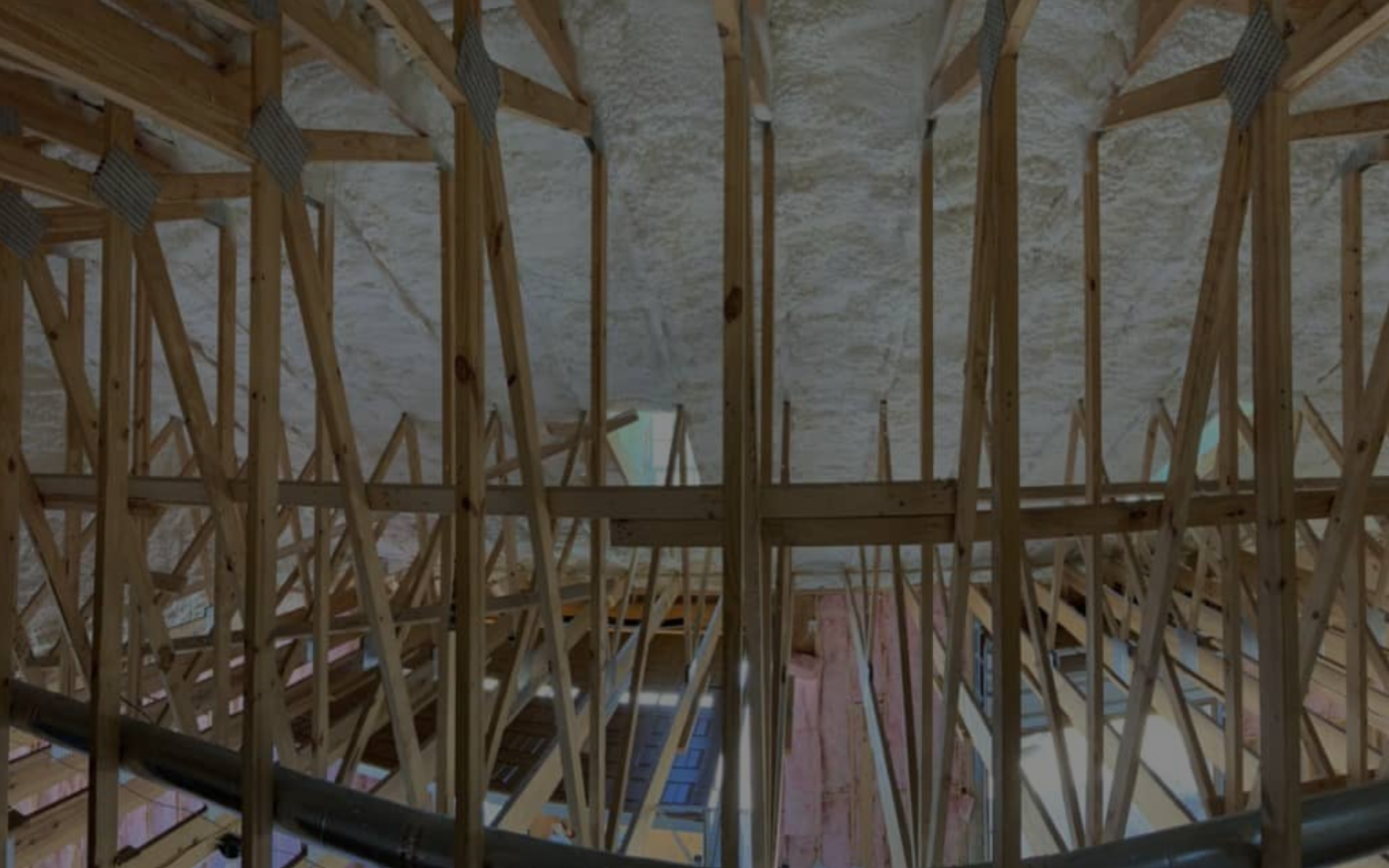Owning a home comes with a lot of choices, and a lot of responsibilities. What building materials are best for your home? Most durable? Most attractive? Offer the best return on investment?
One area in particular where building material is key is what type of insulation you should use in your home. After all, your choice will have long-term comfort implications, as well as impact on your energy costs, so it’s critical that you’re aware of what your choices are, and which would work best in your home.

Ready To Get Started?
Contact Us Today to Schedule Your Energy Assessment and Free Quote.
Best insulation options for North Carolina homes:
At LiveGreen Inc., our experts and the insulation industry have determined that there are select insulation types that work best for homes in our area. The following is a breakdown of the different types of insulation we can install in your home, the benefits of each, and some additional product information to help you choose what works for your home, based on structure and space, budget and comfort. As always, our LiveGreen Inc. team is happy to come to your home or review your new construction plans to recommend what we think will work best for your needs.
- Spray Foam– Spray Foam insulation is very versatile, which makes it ideal for homes in our area. Spray Foam insulation comes in liquid foaming form that can be sprayed, injected or poured into attics, walls, ceilings, basements or under floors. Spray foam is a polyurethane product, and R values depend on the type: Typical R-value for closed-cell spray foam is about double that of open cell spray foam.
The type you choose will depend on desired R-value and price.
- Blown-in insulation- This is loose fill insulation that can be blown into any empty space,so it’s useful in many areas. When homes are constructed, some spaces remain empty air pockets. Insulation can be blown into these pockets. This is ideal for hard to reach spaces or pockets of space in attics, walls or basements. Blown-in insulation is made out of small particles with high thermal resistance, like cellulose, mineral wool and/or fiberglass. The more blown-in insulation you use, the more dense the insulation and the higher the R-value. We’d be happy to explain how the R-value is determined for blown in insulation projects, given the variants this product provides.
- Fiberglass- Rigid fiberglass board insulation is specifically used for air ducts, and areas where high-heat resistance is a factor. This is ideal for HVAC ductwork application, because this type of insulation keeps air ducts insulated from their surrounding environment, improving energy-efficiency. Typical R-value for fiberglass board insulation is around 5.4 per inch.
- Batt insulation- this comes in rolls, either pre-cut or cut to size on site, with an aluminum foil facing, which works as an air/radiant/vapor barrier. Batt is the most common insulation type used in walls, attic rafters and floor joists. Made out of fiberglass, cellulose, mineral wool or natural fibers, its typical R-value is between R-2.9 and R- 3.8 per inch. High-density batt insulation made with compressed fiberglass can be as high as R-4.3 per inch.
Contact LiveGreen Inc. with your home insulation questions:
LiveGreen Inc partners with you to ensure your home is best protected from the elements, and the most energy efficient it can be. Contact us today to schedule a consultation with one of our team members, who will sit down with you, and go over the different things to consider when choosing an insulation for your home. We’ll also give you a free written quote, so you can compare which option best fits your budget and project.
Ready To Get Started?
Contact Us Today to Schedule Your Energy Assessment and Free Quote.

